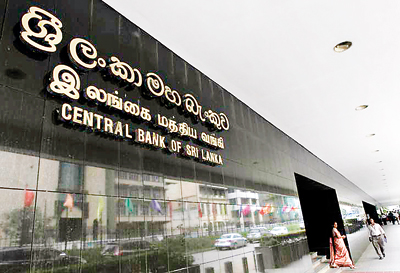18 Aug 2014 - {{hitsCtrl.values.hits}}
.jpg) By Sri Lanka’s private sector credit growth slowed to 2 percent year-on-year (YoY) in June 2014 despite the record low policy rates and low inflation. However, Sri Lanka’s gross domestic product (GDP) continues to grow at a healthy space as the first quarter (2014) GDP growth reached 7.6 percent on top of a 7.3 percent growth achieved in 2013. Usually, low interest and low inflation encourage credit, which in turn stimulates GDP. Slowdown in credit also hints possible slowdown in economic growth, which appears to be a growing concern for the Sri Lankan policymakers currently.
By Sri Lanka’s private sector credit growth slowed to 2 percent year-on-year (YoY) in June 2014 despite the record low policy rates and low inflation. However, Sri Lanka’s gross domestic product (GDP) continues to grow at a healthy space as the first quarter (2014) GDP growth reached 7.6 percent on top of a 7.3 percent growth achieved in 2013. Usually, low interest and low inflation encourage credit, which in turn stimulates GDP. Slowdown in credit also hints possible slowdown in economic growth, which appears to be a growing concern for the Sri Lankan policymakers currently. Several recent press articles on this subject have highlighted possible reasons for the slow credit growth. Dushni Weerakoon, an Economist at the Institute of Policy Studies, is of the view that Sri Lanka’s recent GDP growth was mainly driven by non-tradable sectors (with strong state involvement) and these high-growth sectors have limited capacity to absorb credit, resulting in the sluggish demand for credit. Another reason highlighted by her was the frequent monetary policy shifts from - “contractionary” policies to “expansionary” policies.
Several recent press articles on this subject have highlighted possible reasons for the slow credit growth. Dushni Weerakoon, an Economist at the Institute of Policy Studies, is of the view that Sri Lanka’s recent GDP growth was mainly driven by non-tradable sectors (with strong state involvement) and these high-growth sectors have limited capacity to absorb credit, resulting in the sluggish demand for credit. Another reason highlighted by her was the frequent monetary policy shifts from - “contractionary” policies to “expansionary” policies.
25 Nov 2024 24 minute ago
25 Nov 2024 38 minute ago
25 Nov 2024 1 hours ago
25 Nov 2024 2 hours ago
25 Nov 2024 2 hours ago